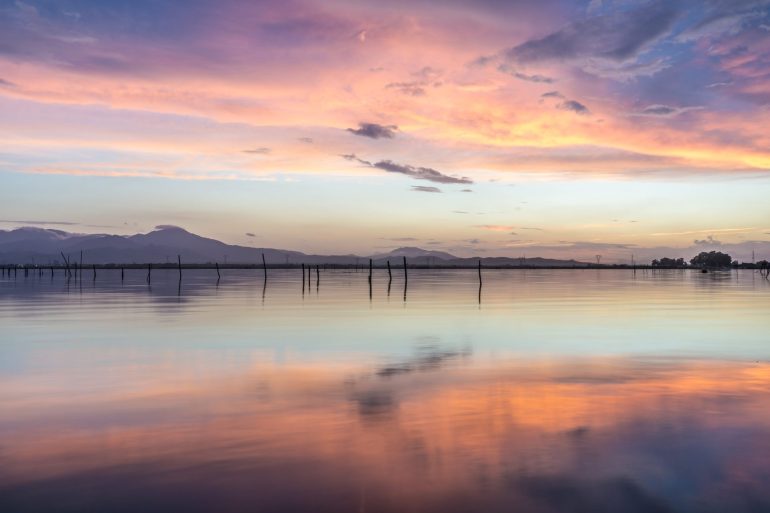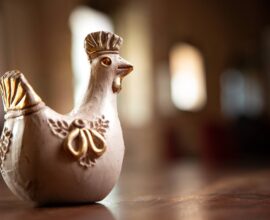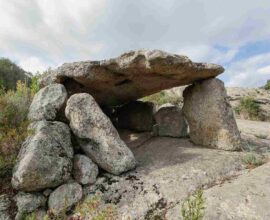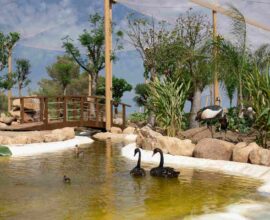The Santa Gilla Pond: one of the most important wetlands in Europe
The Santa Gilla Pond, a unique environment in Sardinia
Sardinia is rich in natural treasures of undisputed natural value and the Santa Gilla Pond is without a doubt one of its unmissable landscapes.
Also known as the Pond of Cagliari, the Santa Gilla lagoon extends into the southern plain of Campidano and includes the municipalities of Cagliari, Assemini, Elmas and Capoterra.
It is considered one of the most important wetlands in Europe and the largest on the island. Classified as a special protection area, numerous species of birds and other fauna as well as over 450 plant species shelter and thrive here. These are mostly indigenous and cannot be admired in any other reserve in Italy, in particular halophytes and therophytes.
The encounter between the marine, brackish and sweet waters, has shaped an authentic oasis of rich biodiversity, a true natural spectacle where the colours, the plays of light and the landscapes leave you breathless.
The lagoon is the ideal habitat for rare or uncommon waterfowl that here can nest, winter, live permanently or stay during migration: the pink gull, the sultan chicken, the little brother, the Corsican gull, the black-legged tern and the fratino, just to name a few. Following the nature trails designed specifically not to disturb the fauna, birdwatchers can admire and photograph about 200 species in this ideal spot. In addition, the area of the Saline Conti Vecchi is one of the two main sites where the beautiful pink flamingos nest in Sardinia (the other is the Molentargius Park).
The Salina (Salt Marsh), is still active today and represents a remarkable example of a commercial activity that is compatible with the natural habitat and is carried out respecting the wetland.
The ambitious project dates back to the ninety twenties when the engineer Conti Vecchi designed and installed the salt pan reclaiming part of the lagoon. This is still a cutting-edge and sustainable structure, which can be visited following guided tours to discover the offices restored in the ‘30s nested between the mountains of salt, the salt tanks and the enchanting landscape.
Behind the employees’ village, designed by Conti Vecchi for those who worked in the Saline and their families, is the area called Porto San Pietro. Here still lie the remains of the embarkation pier from which the boats loaded with salt left to reach the port of Cagliari. Also remarkable in this area are the military installations built during the Second World War to defend the airport, which can be still seen here. The Saline’s intricate system of water basins can be reached by continuing along the path. This is a truly evocative area that offers a privileged view of the city of Cagliari.
But that’s not all: in addition to being a naturalistic site of international importance, the Santa Gilla Pond is also a place with strong historical value as it has been inhabited since the Nuragic era.
Here lies the ancient city of Kryl an eighth-century Carthaginian settlement which became a suburb of Karalis in Roman times and, in the Middle Ages, Santa Igia which was the episcopal seat and capital of the Giudicato of Calari. In addition, in 1194 these waters were the scene of a naval battle between the Maritime Republics of Genoa and Pisa for the control of the Giudicato.
The seabed here has also returned the testimonies of an important history: in 1869 a terracotta woman’s head was recovered and, subsequently, a basalt millstone dating back to the Nuragic period.
Thus, in 1891 a successful excavation campaign began: among the many archaeological finds were terracotta masks, Phoenician-Punic amphorae, lamps, pottery and terracotta ex-voto offered to the god Sid, healer and fertilizer.
On the shores, still lie the ruins of a port from the Punic period, Roman villas and moorings for boats and other vessels, signs that the area was used as an important commercial port.
Pink flamingos: symbol of the lagoon for spectacular photos
Thanks to the humidity of the area, the Santa Gilla pond is the chosen habitat of the Sa Genti Arrubbia, the remarkable pink flamingos that are one of the main attractions for those who practice birdwatching and for photography enthusiasts.
While it is easy to spot them mid-flight as they migrate from one part of Sardinia to another, early June is the best time to experience the thrill of seeing them bathing in the lagoon.
It is, in fact, at that very moment that the flamingos stop in large numbers at the Pond to nest, covering the entire area in pink: a true spectacle that is difficult to describe with words.
In other seasons there is still a chance to see small groups of flamingos stopping in the lagoon waiting to nest but the beginning of summer gives the most intense emotions.
The advice to keep in mind is to avoid scaring the birds while admiring and photographing them as they will otherwise run away (they are shy and fearful animals). The trick is not to get too close and to lurk in the many huts set up especially for birdwatching.
Would you like to discover the Pond of Santa Gilla and experience a dream holiday in an authentic paradise? Visit the Forte Village Resort in Sardinia






